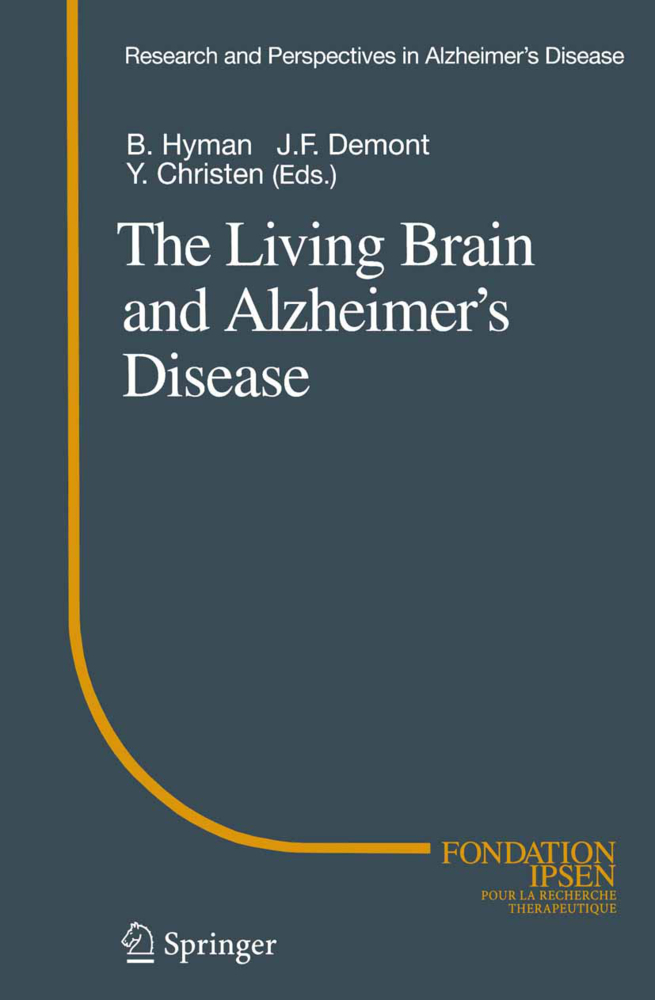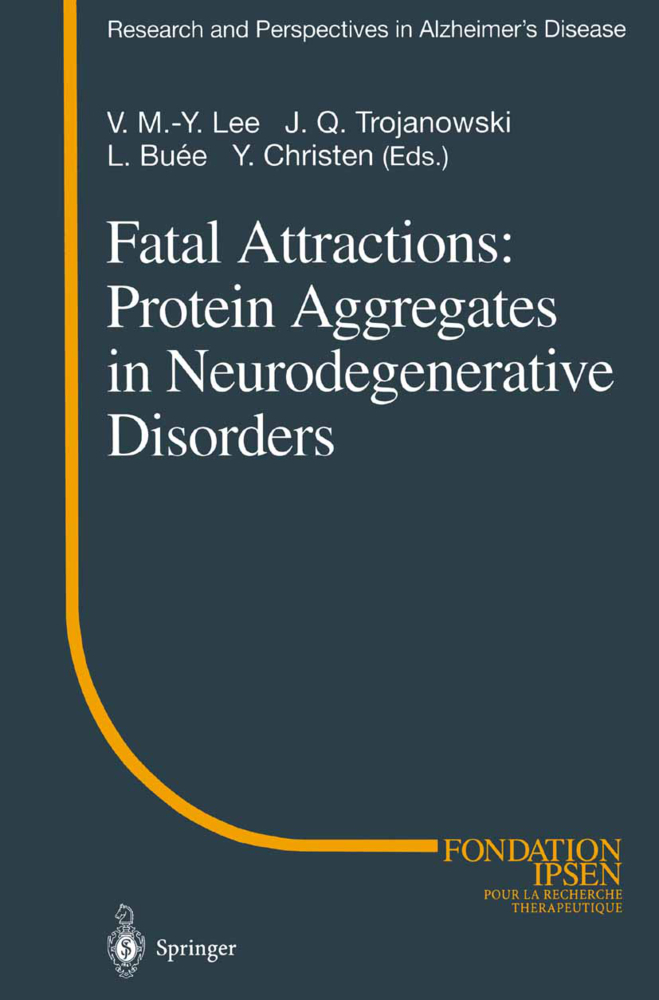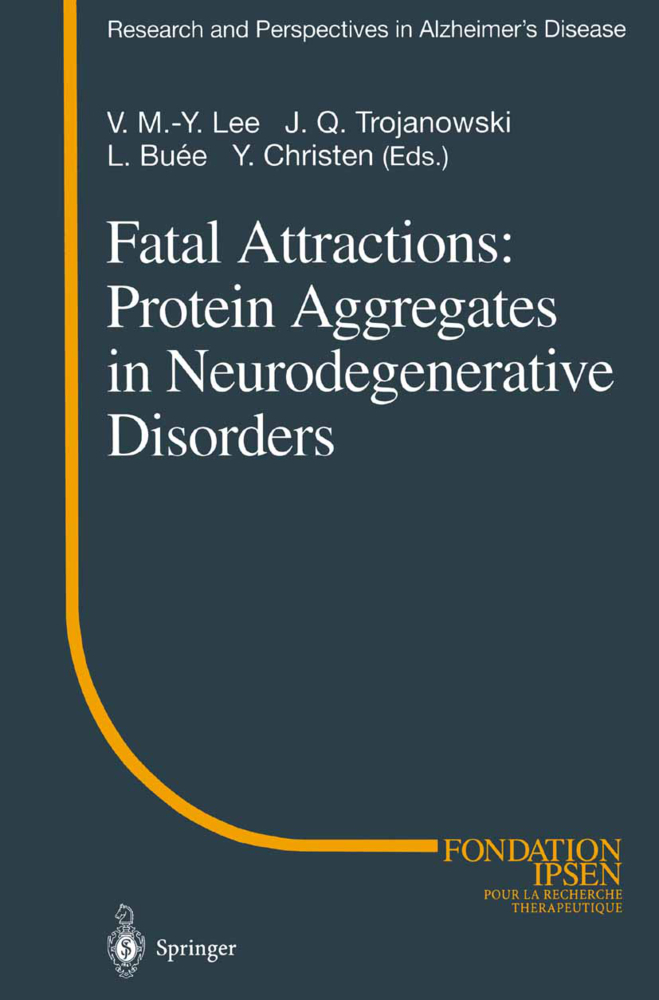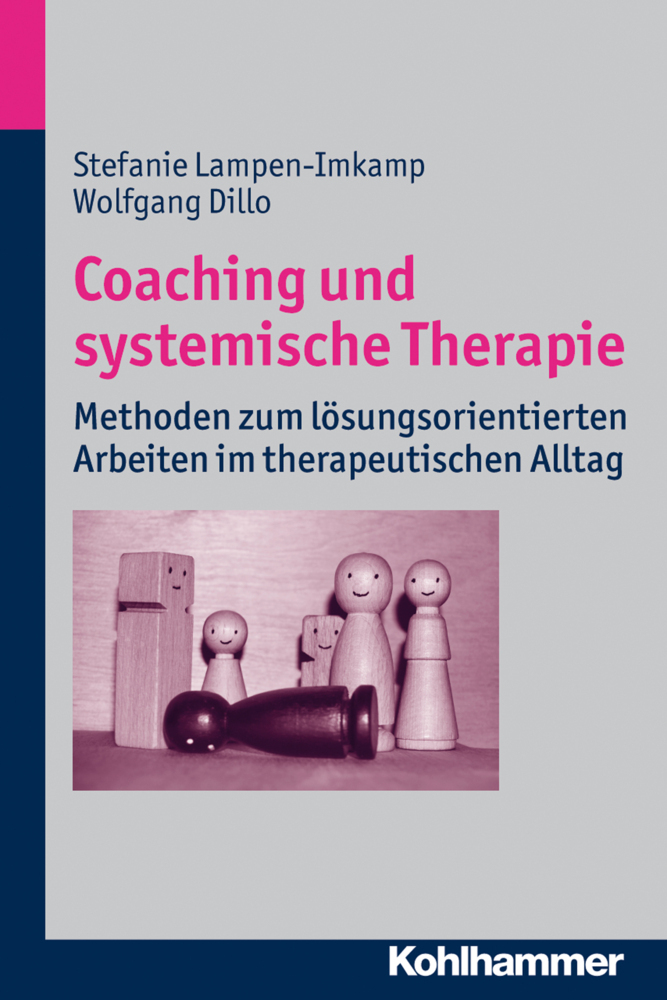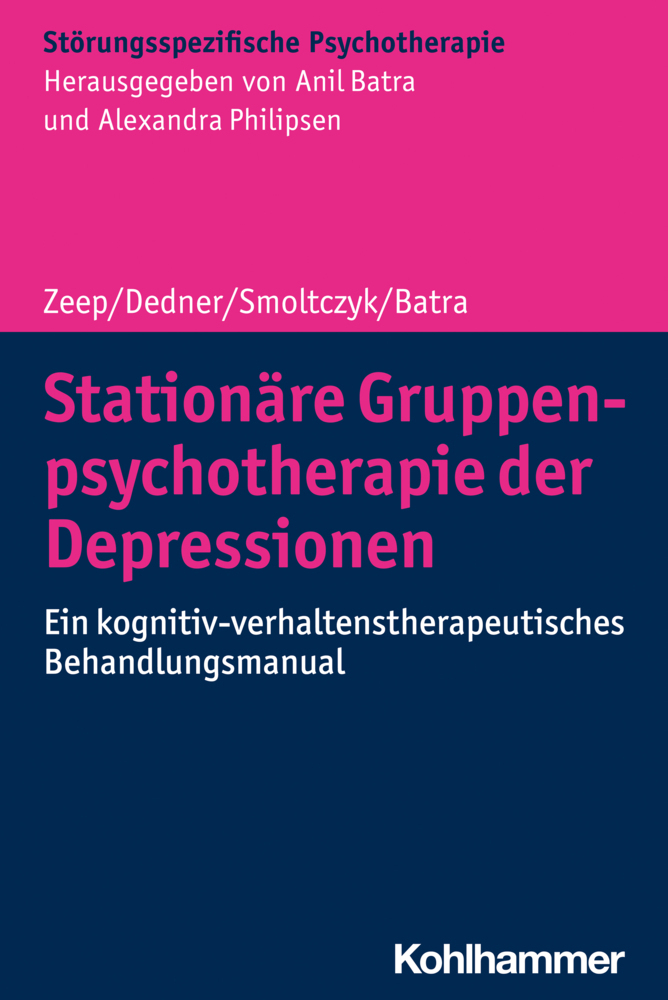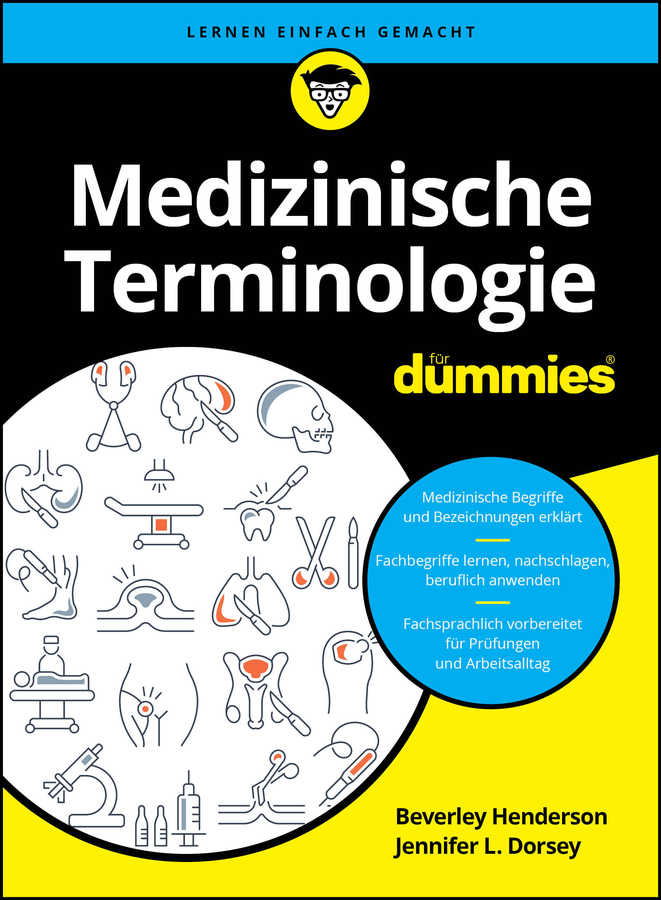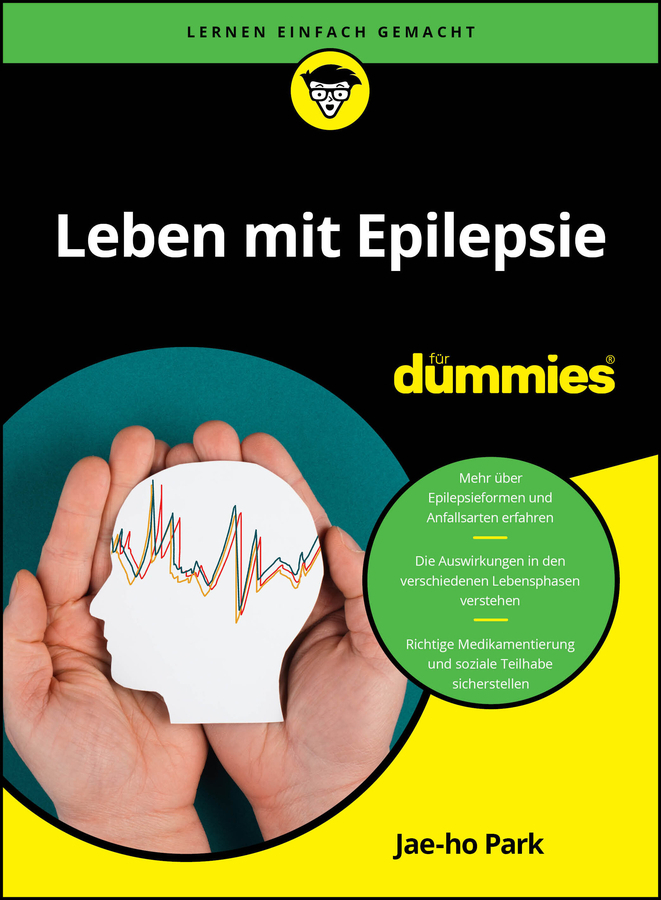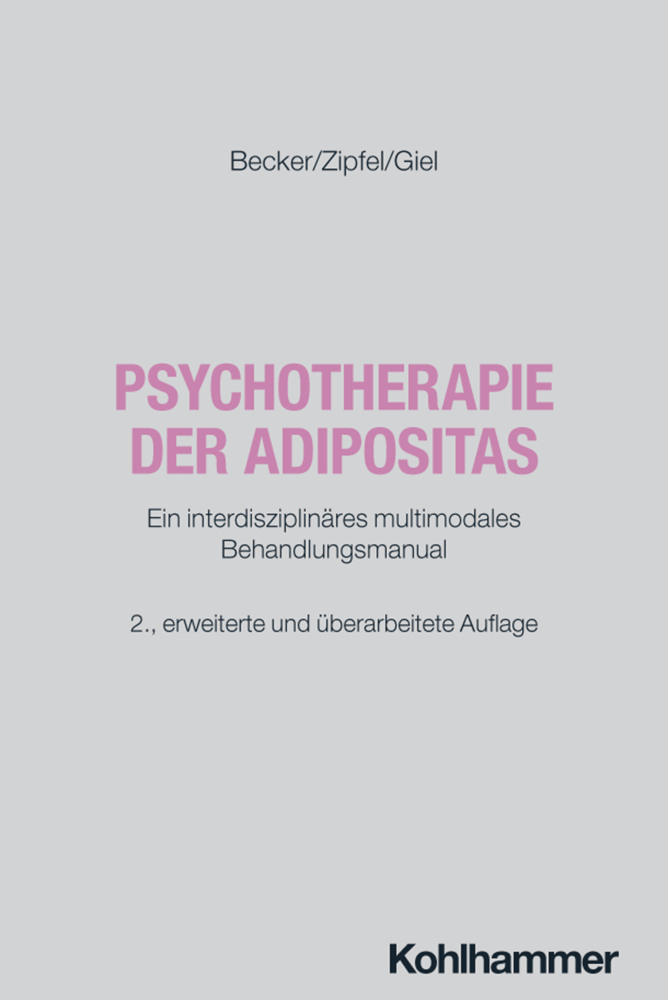The Living Brain and Alzheimer's Disease
The Living Brain and Alzheimer's Disease
From large cross-sectional studies of autopsy material, it seems as if a time course of Alzheimer's Disease, at least on average, can be mapped out: a pattern of hierarchical vulnerability for neuronal loss and neurofibrillary tangles beginning in medial temporal lobe structures proceeding through association areas. Plaques follow their own temporal course, with widespread cortical deposits occurring even early in a disease process. The whole process may well take twenty years, the first half of which may be without overt symptoms.
The Living Brain and Alzheimer's Disease
In Vivo Imaging of Alzheimer Pathology in Transgenic Mice Using Multiphoton Microscopy
In Vivo Magnetic Resonance of Amyloid Plaques in Alzheimer's Disease Model Mice
Measuring Progression in Alzheimer's Disease Using Sserial MRI: 4D MRI
Validating MRI Measures of Disease Stage and Progression in Alzheimer's Disease
Dynamic Mapping of Alzheimer's Disease
Development of Benzothiazole Amyloid-Imaging Agents
First PET Study with a Benzothiazol Amyloidimaging Agent (PIB) in Alzheimer's Disease Patients and Hhealthy Volunteers
Mild Cognitive Impairment (MCI): Predicting Conversion to Clinically Probable Alzheimer's Disease with Fluoro-Deoxy-Glucose PET
Positron Emission Tomography and Magnetic Resonance Imaging in the Study of Cognitively Normal Persons at Differential Genetic Risk for Alzheimer's Dementia.
Neuropathology of Alzheimer's disease, as Seen in Fixed Tissues
Cerebrospinal Fluid Biomarkers for the Diagnosis of Alzheimer's DiseaseThe Living Brain and Alzheimer's Disease
In Vivo Imaging of Alzheimer Pathology in Transgenic Mice Using Multiphoton Microscopy
In Vivo Magnetic Resonance of Amyloid Plaques in Alzheimer's Disease Model Mice
Measuring Progression in Alzheimer's Disease Using Sserial MRI: 4D MRI
Validating MRI Measures of Disease Stage and Progression in Alzheimer's Disease
Dynamic Mapping of Alzheimer's Disease
Development of Benzothiazole Amyloid-Imaging Agents
First PET Study with a Benzothiazol Amyloidimaging Agent (PIB) in Alzheimer's Disease Patients and Hhealthy Volunteers
Mild Cognitive Impairment (MCI): Predicting Conversion to Clinically Probable Alzheimer's Disease with Fluoro-Deoxy-Glucose PET
Positron Emission Tomography and Magnetic Resonance Imaging in the Study of Cognitively Normal Persons at Differential Genetic Risk for Alzheimer's Dementia.
Hyman, Bradley T.
Demonet, Jean-Francois
| ISBN | 9783642639272 |
|---|---|
| Artikelnummer | 9783642639272 |
| Medientyp | Buch |
| Copyrightjahr | 2014 |
| Verlag | Springer, Berlin |
| Umfang | 180 Seiten |
| Abbildungen | XV, 180 p. 50 illus., 33 illus. in color. |
| Sprache | Englisch |

